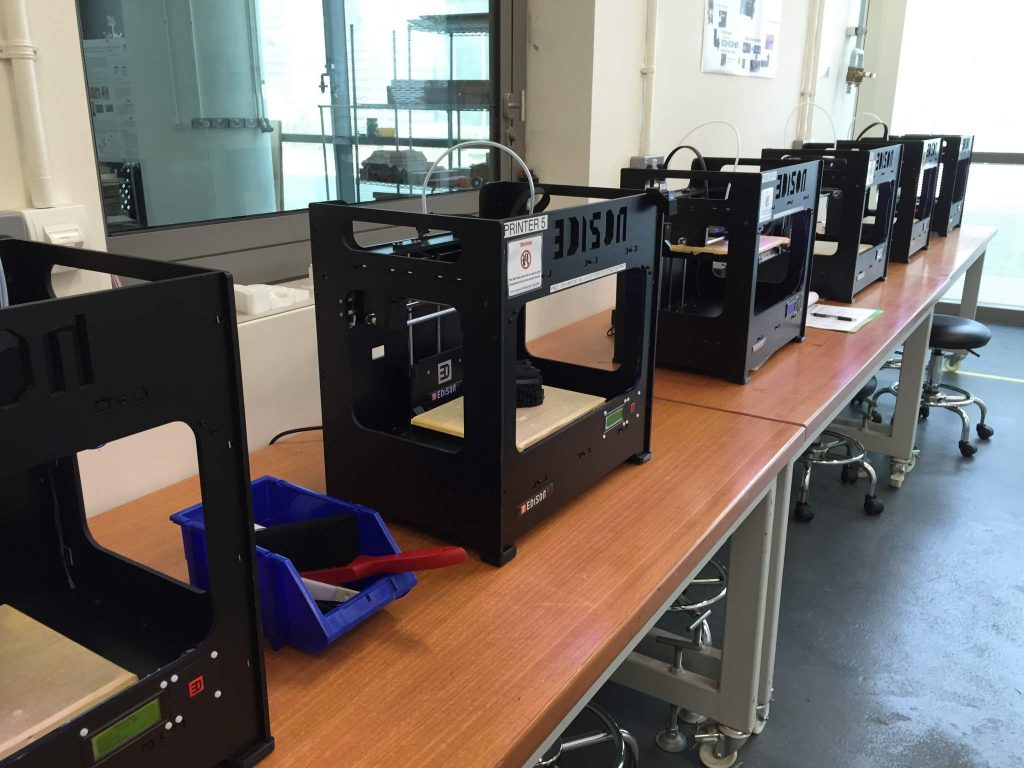“The low-cost 3D printer market“
If you’re a part of the 3D printing industry, then you need to know where this modern manufacturing miracle is going. You need SmarTech’s latest report, industry analysis and 10 year forecasts for the low-cost 3D printer market that could help you turn a hobby into a career, a small business into a Fortune 500 or a big retailer into a global leader.
The market intelligence specialist focuses purely on the tech space, so it’s projections carry a great deal of weight in the industry and it puts serious work into getting it right. We think it’s so good that we’re selling it ourselves, so get in touch if you want a copy.
We all know the low-cost printer market could change beyond all recognition in the next decade. In just a few years we have seen the rise and fall of MakerBot and 3D Systems and they could rise again, but what’s coming next?

Discover the true worth of 3D printing
The low-cost printer market as a whole could explode in the coming years. If you’re going to succeed in an ever more cut throat market then you need to know how these 3D printers can generate revenue and add real value. You need to see through the hype that goes with cutting edge technology and build a strategy based on real research rather than the latest fashion.
Obviously you can read up on the latest trends on Industry. But SmarTech offers a look into the future, including 10-year projections for the future of low cost hardware, the technology itself and potential changes in the material supply chain. It also takes a thorough understanding of the market, how each of the major manufacturers are performing right now and how that is likely to change.
A printer in every home?
Of course low-cost 3D printers could be set for every home, just like most homes have an inkjet printer today. But so far the corporate market has been a driving force even for the bottom end printers thanks to the accessibility and the speed with which they can create prototype parts.
The likes of Dell, Caterpillar, even Boeing and Ford have bought low-cost 3D printers en masse and as the quality improves then this could be a major part of 3D printing’s future at the bottom end of the market.
Architects and designers are also slowly embracing 3D printing, with low cost options proving useful for quick prototypes or visualising certain aspects of a design without wheeling out the serious printers that can take hours or even days for a print that isn’t required.
Effectively the low-cost printer can produce a rough draft in minutes, which means they are far more useful to industry at large than we first anticipated.
Then, of course, there’s the home market and that is the great unknown for the 3D printing industry. A suitable low-cost printer in every home could change the supply chain and retail space beyond recognition.
Get the inside scoop
SmarTech’s report offers an exclusive feasibility report on low-cost 3D printers, how they can be adopted in the home and indeed if they will be to the extent many of us suspect. It even comes with a timeline and logical penetration predictions for the consumer market.
The company feels that the low-cost 3D printing market is the one with the largest upside available in the 3D printing industry and the rise of brands like XYAPrinting, Aleph Objects and Ultimaker only strengthens its case.
So if you need to predict the low-cost and consumer 3D printing market and your business depends on it then throw away the crystal ball.
Get SmarTech’s incisive report right here, licences starts at $4000.

Leave A Comment